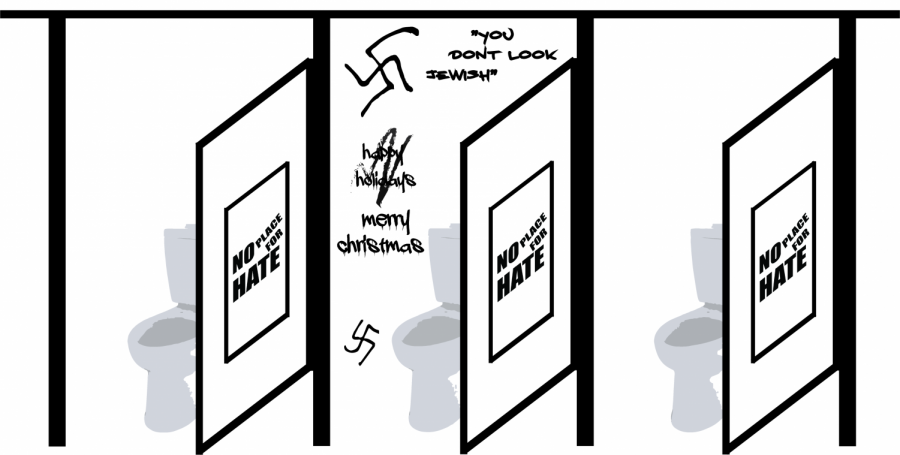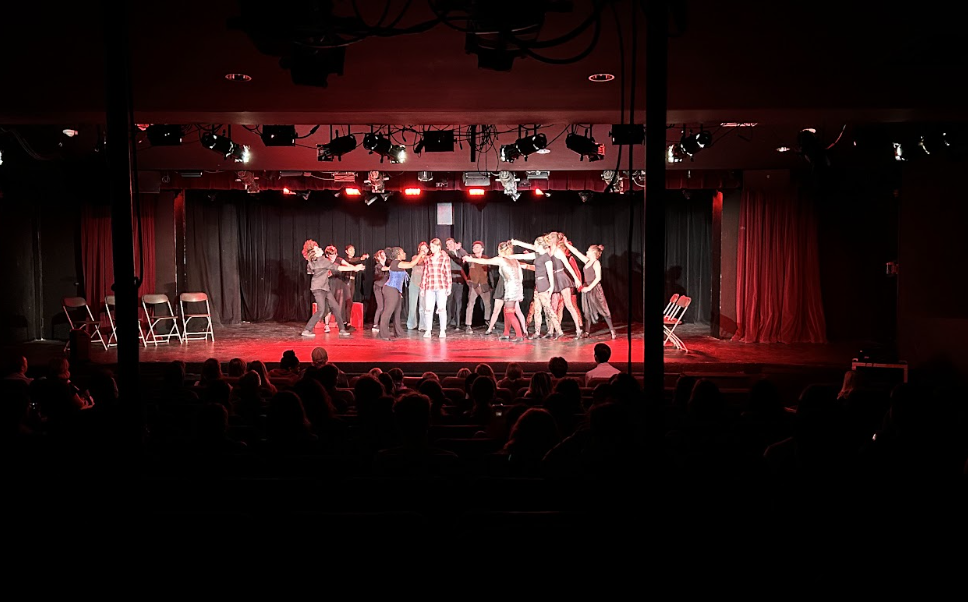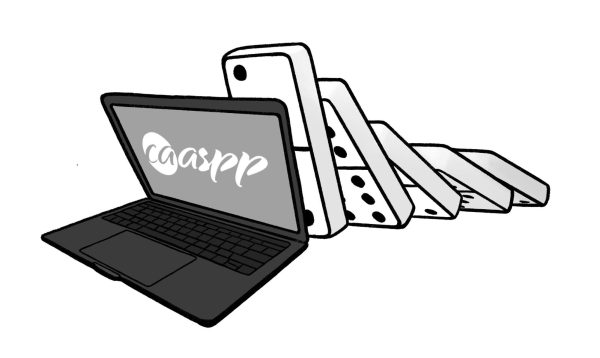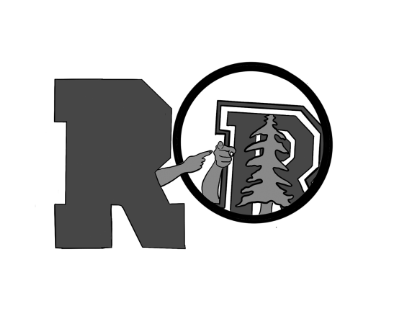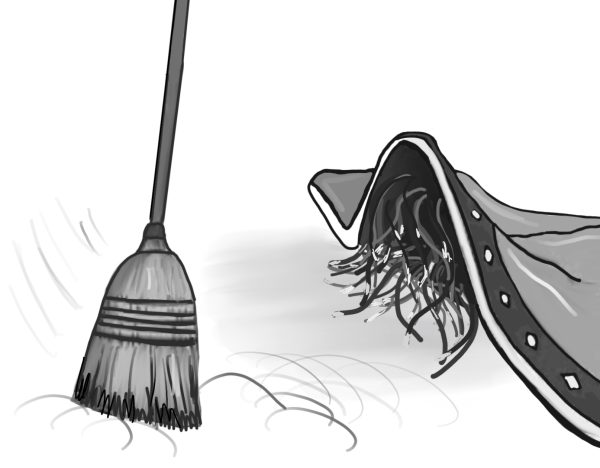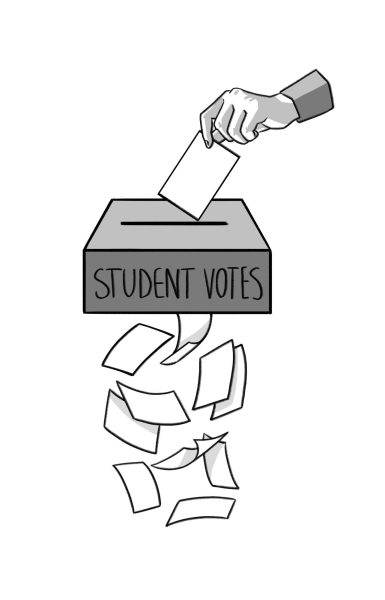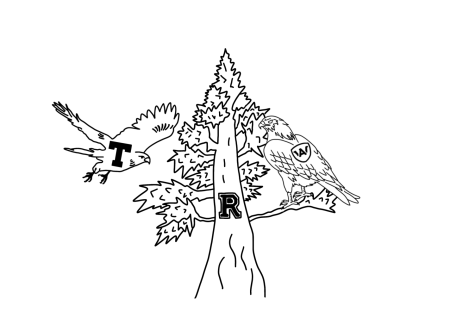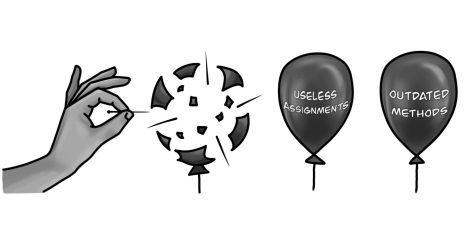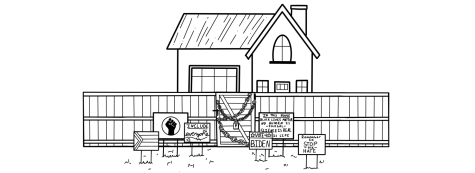Editorial: Community inaction against anti-Semitism must end
January 10, 2019
Just last week, a picture of a Wisconsin pre-prom group performing the Nazi salute went viral on Twitter, sparking a momentary discussion on the rising anti-Semitism in America. However, within days, the article disappeared as just another news story—reflective of a culture in which anti-Semitism is continually glossed over. Redwood, having experienced its own anti-Semitic events in the form of swastika drawings and microaggressions towards Jewish students, is not exempt from the hate that has swept the nation. It is time, as members of the Redwood community, to address the issue of rising anti-Semitism head-on.
According to a 2017 report from the Anti-Defamation League (ADL), anti-Semitic incidents increased 57 percent from the previous year, the largest annual jump since 1979. Additionally, the ADL reported an 84 percent increase of anti-Semitic incidents specifically on college campuses from 2016 to 2017. It is more important now than ever for teachers and students to address this issue, both in and out of the classroom.
This year, Redwood partnered with the ADL to instruct teachers on how to deal with anti-Semitism in a school setting. Through role-play activities, the organization helped teachers identify their personal biases and how they might be reflected in the classroom. Despite these efforts, many teachers have yet to acknowledge the presence of anti-Semitism in the classroom, and Redwood has seen little tangible impact on the part of students. According to a December Bark survey, 60 percent of Redwood students self-reported that they have never discussed anti-Semitism with a teacher or administrator in a school setting. Training on this topic should be given and projected onto the Redwood community regardless of the frequency of anti-Semitic events, but in a time when that frequency is relatively high, why isn’t the training coming through in the classroom?
Anti-Semitism is not always found in the most noticeable places; it also occurs in the form of microaggression and offhand comments. Within Redwood, microaggressions towards Jewish students have led to a culture that desensitizes anti-Semitism. In the hallways or at lunch, students are often unaware of the impact of their “jokes,” which sometimes poke fun at Jewish holidays such as Passover or Rosh Hashanah, as well as Jewish culture. While these comments themselves may not be the violent acts largely covered by the media, they still propagate a toxic atmosphere where hurtful words are overlooked.
Some may argue that the subject of anti-Semitism is too uncomfortable and controversial to be discussed in an educational setting. However, not directly addressing anti-Semitism in the classroom implies that the issue is unimportant and easily preventable. Putting “no place for hate” posters around campus or sending generic emails to parents aren’t enough to seriously address this issue. Unlike direct discussions, they can easily be ignored.
The lack of acknowledgment of anti-Semitism in schools cannot be solved by these superficial remedies, or by holding ADL sessions only for teachers. After all, it is not teachers scribbling swastikas on bathroom stalls or in library books, both of which have been observed at Redwood. Educators are responsible for shaping the beliefs, values and skills of students so that they will be able to positively contribute to society. How are students supposed to learn the significance and impact of anti-Semitism if the adults who influence them are uncomfortable discussing it?
Some ways in which educators can address anti-Semitism in educational settings is to acknowledge it when it happens instead of immediately covering it up. These incidents should be used as catalysts for broader discussions about anti-Semitism. Sending emails out to parents or completely sweeping these microaggressions under the rug simply won’t cut it, as students will only continue to be oblivious to the pain and stress that these actions cause not only for Jews, but for the entire community. However uncomfortable, addressing nationwide acts of anti-Semitism within the classroom fosters a discussion that is essential to understanding the impact of such hateful speech.
As we stand, our community is far from immune to this fostering of oppression, and this must be acknowledged in the classroom. Our generation will soon be the next politicians, civil rights activists and leaders with the power to enact change, and it is vital that our classrooms reflect the values that we want to see in the future. We deserve to be informed about the world we will soon be stepping into as adults, no matter how uncomfortable the conversation may be.

